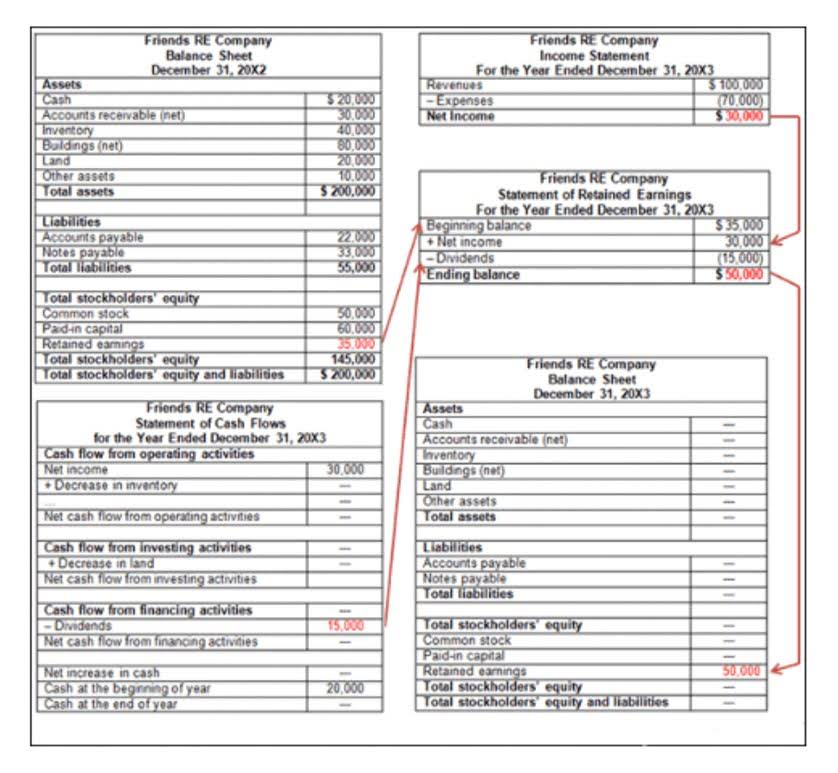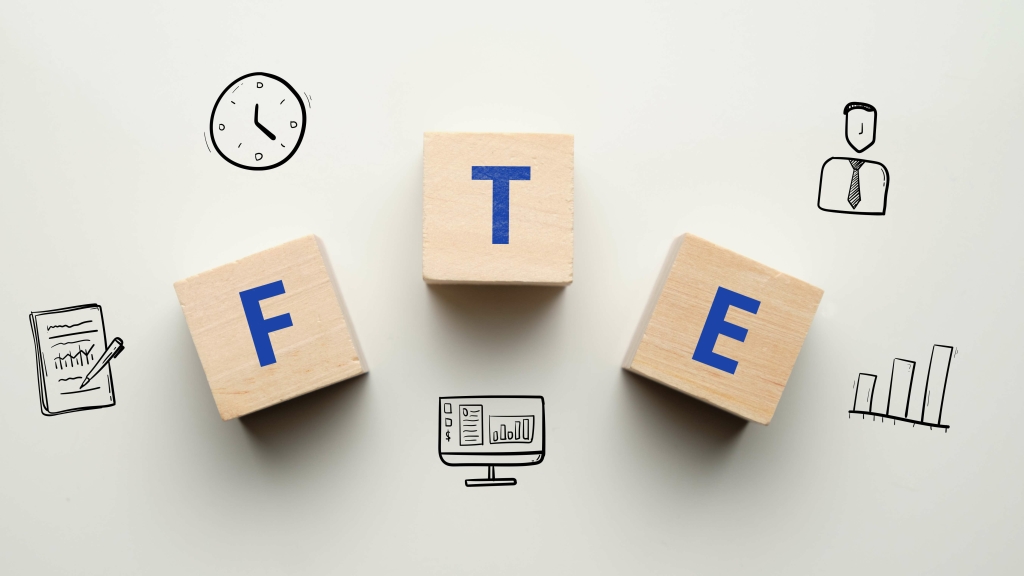1 4 Rules of Debit DR and Credit CR Financial and Managerial Accounting
Azi in istorie
Content

A contra account, also known as a contrast account, is which is used in normal balance for accounts. The contra account is an account that is usually the opposite of one of the other accounts. Nonprofit’s Chart Of Accounts In An Organization The chart of accounts is a highly detailed list of various account types an organization manages.

Liabilities, revenues, and equity accounts have natural credit balances. If a debit is applied to any of these accounts, the account balance has decreased.
How Debits and Credits Affect Liability Accounts
Examine the accounting principles definition, and identify who sets fundamental accounting principles. Understand what a balance sheet is, learn what a balance sheet shows, examine its format, and see an example of a balance sheet. This reflects the monetary amount for products or services from the suppliers that a company has received from one of its suppliers, but has not paid for it yet. If a balance sheet is prepared at this time, the balance in the Advertising Expense account must be included in the owner’s capital account. A journal entry was incorrectly recorded in the wrong account. Is selected, the preparer must specify the value in all currency buckets enabled on the reconciliation when entering transactions into the reconciliation .

The companies usually do not pay for these services or products in cash, because it can impact the cash positions in the balance sheets of the company. The credit is the usual version of the normal balance for the accounts payable. Every company has a usual paying period for the accounts receivables of about one to three months. During this period, the normal balance of the company for the account payable stays on the credit side. The other part of the entry will involve the owner’s capital account (J. Lee, Capital), which is part of owner’s equity.
Cards in this Set
The types of accounts lying on the left side of these equations carry a debit balance while those on the right-side carry a credit balance. All of these products or services are prime examples of accounts payable.
- As a result, the accounting equation for the business will be in balance.
- The expenses and losses are also debited on the normal balance of the accounts payable of a company’s balance sheet.
- This usually happens when the company extends credit to its suppliers; the credit is reported as an expense.
- Thus, if you want to increase Accounts Payable, you credit it.
An account’s assigned normal balance is on the side where increases go because the increases in any account are usually greater than the decreases. Therefore, asset, expense, and owner’s drawing accounts normally have debit balances. Liability, revenue, and owner’s capital accounts normally have credit balances.
Normal Balance
Depending on the account type, the sides that increase and decrease may vary. While there are two debit entries and only normal balance one credit entry, the total dollar amount of debits and credits are equal, which means the transaction is in balance.
The easiest way to remember them is that debits are on the left and credits are on the right. This means debits increase the left side of the balance sheet and accounting equation, while credits increase the right side. Let’s use what we’ve learned about debits and credits to determine what this accounting transaction is recording. The first step is to determine the type of accounts being adjusted and whether they have a debit or credit normal balance.
- By having many revenue accounts and a huge number of expense accounts, a company will be able to report detailed information on revenues and expenses throughout the year.
- This is how it is done in the double-entry bookkeeping method.
- Contrarily, purchasing postage is an expense, and therefore will be debited, which will increase the expense balance by $12.70.
- —This section enables Service Administrators and Power Users to assign profiles to summary profiles.
- Single-Step Income Statement Analysis There are two main formats to present a classified balance sheet including account form and report form.
With some debits increasing other types of accounts, some will result in a decrease. The debit amount recorded by the brokerage in an investor’s account represents the cash cost of the transaction to the investor. Debit notes are a form of proof that one business has created a legitimate debit entry in the course of dealing with another business . This might occur when a purchaser returns materials to a supplier and needs to validate the reimbursed amount. In this case, the purchaser issues a debit note reflecting the accounting transaction. The concept of debits and offsetting credits are the cornerstone of double-entry accounting. A debit is a feature found in all double-entry accounting systems.
Editorial Process
Certain accounts are used for valuation purposes and are displayed on the financial statements opposite the normal balances. The debit entry to a contra account has the opposite effect as it would to a normal account. Recording transactions is vital to a business’s financial statements and a key responsibility of the accounting department. Learn the definition of a transaction, understand the importance of recording transactions, and explore the process of double-entry accounting, with examples of credits and debits. For accounts receivables that are on the assets side, the normal balance is usually debit. But, for the accounts payable which are on the liabilities side, the normal balance is credit. The other part of the entry will involve the owner’s capital account, which is part of owner’s equity.
- Hence, item #2 in the T-account was a credit of $3,000 in order to reduce the account balance from $5,000 down to $2,000.
- Asset, liability, and most owner/stockholder equity accounts are referred to as permanent accounts .
- Learn about the different ledgers and account types, as well as the chart of accounts numbering system.
- Expense accounts normally have debit balances, while income accounts have credit balances.
- A journal entry was incorrectly recorded in the wrong account.
- The debit balance can be contrasted with the credit balance.
For example, a company’s checking account has a credit balance if the account is overdrawn. In the owner’s capital account and in the stockholders’ equity accounts, the balances are normally on the right side or credit side of the accounts. In the liability accounts, the account balances are normally on the right side or credit side of the account. Accounts Receivable is an asset account and is increased with a debit; Service Revenues is increased with a credit. A normal balance is the side of the T-account where the balance is normally found. When an amount is accounted for on its normal balance side, it increases that account.
If revenues exceed expenses then net income is positive and a credit balance. If expenses exceed revenues, then net income is negative and has a debit balance. Income has a normal credit balance and expenses have a normal debit balance. Accounting utilizes journals, which are books documenting all business transactions, and also trial balance, which is a list of all business accounts.
COMPANY
For contra-asset accounts, the rule is simply the opposite of the rule for assets. Therefore, to increase Accumulated Depreciation, you credit it. Here’s a table summarizing the normal balances of the accounting elements, and the actions to increase or decrease them. Notice that the normal balance is the same as the action to increase the account. Let’s say there were a credit of $4,000 and a debit of $6,000 in the Accounts Payable account. Since Accounts Payable increases on the credit side, one would expect a normal balance on the credit side.
What is normal cash balance?
Since Cash is an asset account, its normal or expected balance will be a debit balance.
On the contrary, when an amount is accounted for on the opposite side of its normal balance, it decreases that amount. I told you that understanding normal balances is super important, so we’re not done yet. This shortcut has to do with Double Entry Accounting. And finally, we define what we call “normal balance”. You could picture that as a big letter T, hence the term “T-account”. Again, debit is on the left side and credit on the right. Normal balance, as the term suggests, is simply the side where the balance of the account is normally found.
Normal Balance Of An Account Definition
However, the difference between the two figures in this case would be a debit balance of $2,000, which is an abnormal balance. This situation could possibly occur with an overpayment to a supplier or an error in recording. All the surplus, revenues, and gains have a credit balance, whereas, all the deficit, losses, and expenses have a debit balance. Some accounts have “Debit” Balances while the others have “Credit” balances. The normal account balance is nothing but the expectation that the specific account is debit or credit.

Later, the debit balance in Advertising Expense will be transferred to the owner’s capital account. Since assets are on the left side of the accounting equation, the asset account Cash is expected to have a debit balance.
Examples of Debits and Credits in a Sole Proprietorship
Is found by calculating the difference between debits and credits for each account. You will often see the termsdebitandcreditrepresented in shorthand, written asDRordrandCRorcr, respectively.
It occurs in financial accounting and reflects discrepancies in a company’s balance sheet, as well as when a company purchases goodwill or services to create a debit. Doube-entry accounting ensures that the total amount of debits equals the total amount of credits. Learn the basics of how this accounting system is reflected in journals and ledgers through examples, and understand the concept of normal balances. The expenses are recorded as a credit on the normal balance.
- Depending on the account type, the sides that increase and decrease may vary.
- It occurs in financial accounting and reflects discrepancies in a company’s balance sheet, as well as when a company purchases goodwill or services to create a debit.
- These accounts, like debits and credits, increase and decrease revenue, expense, asset, liability, and net asset accounts.
- What is the normal balance for each of these accounts?
- Learn the definition and purpose of accounting in business.
Attributes must exist before they can be assigned to a profile. If your system is configured using one currency configuration, the currency tab is hidden. Summary reconciliations are always prepared in a single currency. Changes are required to the Currency tab to enable configuration for a single https://www.bookstime.com/ currency bucket. For summary reconciliations, select the Rate Type, and them select the single currency bucket. Will indicate that a Rule was used to automatically complete that role. The company also has an option to directly give effect for dividends declared in the retained earnings.
T Accounts
Next to the debit and credit columns is usually a “balance” column. Under this column, the difference between the debit and the credit is recorded. If the debit is larger than the credit, the resultant difference is a debit, and this is listed as a numerical figure. If the credit is larger than the debit, the difference is a credit, and this is recorded as a negative number or, in accounting style, a number enclosed in parenthesis, as for example .
Why is income a credit?
In bookkeeping, revenues are credits because revenues cause owner's equity or stockholders' equity to increase.
In simple words, it means whether a particular account has a debit balance or a credit balance. The cash flow reporting category is used to categorize changes to cash flow in the Statement of Cash Flow Report and Consolidated Statement of Cash Flow Report reports.
Compare And Contrast Financial Accounting Vs Managerial Accounting The importance of the balance sheet is to confirm that the ledger accounts are in balance. This report can be modified and manipulated to focus can be assets… Occasionally, an account does not have a normal balance.
When a company earns money, it records revenue, which increases owners’ equity. Therefore, you must credit a revenue account to increase it, or it has a credit normal balance. Expenses are the result of a company spending money, which reduces owners’ equity. Therefore, expense accounts have a debit normal balance. Remember that owners’ equity has a normal balance of a credit. Therefore, income statement accounts that increase owners’ equity have credit normal balances, and accounts that decrease owners’ equity have debit normal balances.

